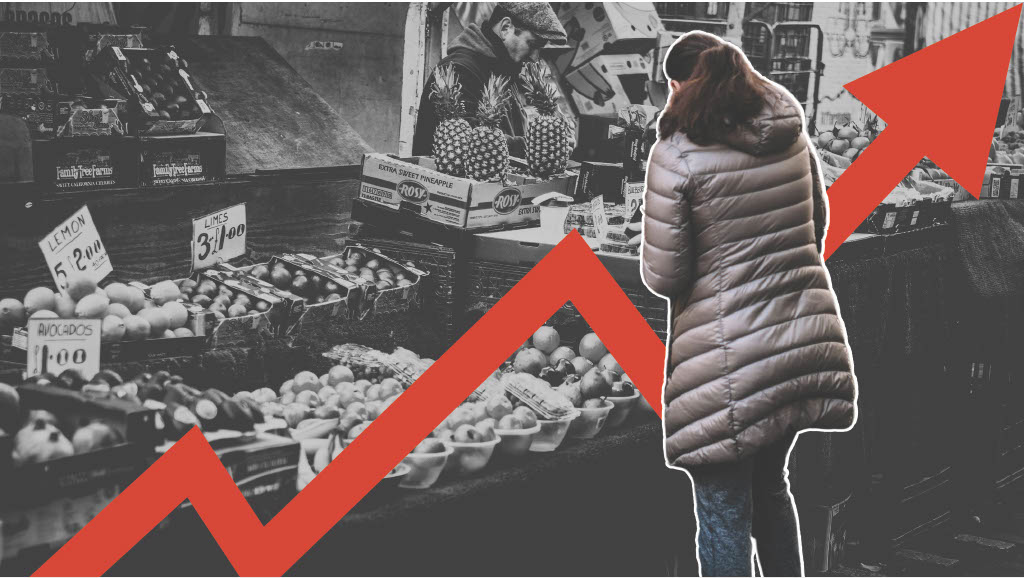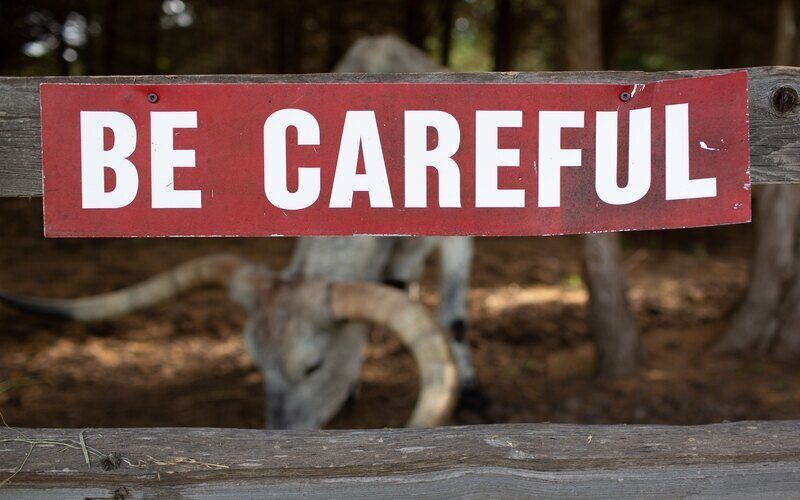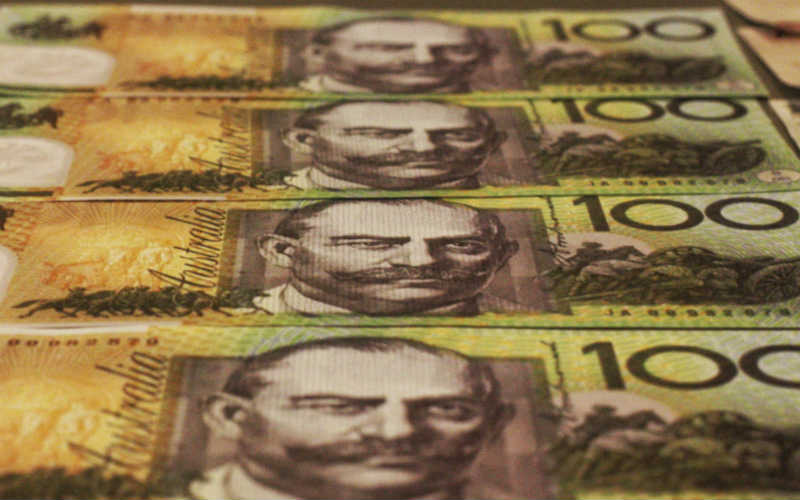The Allan Government's Fair Fuel Plan will prevent fuel retailers from increasing prices more than once a day.
Providers will be required to report price increases the day before they take effect, then 'lock' those prices for 24 hours.
It will also become compulsory for all fuel stations to provide real time price data, which will be accessible on a new 'fuel finder' feature on the Service Victoria app.
Victoria is currently the only Australian jurisdiction where retailers aren't required to provide live price information.
Victorian Premier Jacinta Allan said the changes could mean hundreds of dollars a year in saving for Victorian families.
"Under our plan, you can find out tomorrow's fuel price at every single servo on your route to work and make your decision accordingly," she said.
Victorian Minister for Consumer Affairs Nick Staikos believes the Fair Fuel Plan will not only give consumers more power, but hold the fuel companies to account.
"We're keeping multinational fuel companies transparent about the prices they set and the deals they promote," Mr Staikos said.
The plan is for these rules to be phased in over 2025, with the enforcement structure and penalties for incompliant retailers yet to be determined.
How much could you actually save?
An ACCC report last year found properly utilising fuel price apps and websites could mean significant savings each year.
The numbers suggested in 2023, Melbourne residents could have saved up to $333 per year from shopping around.
That means filling up at the lowest point of petrol cycles, and finding the outlets where fuel is cheapest.
However, evidence from elsewhere suggests these upcoming changes could significantly increase these potential savings.
In Perth, where similar rules already exist, the same ACCC report found motorists could save as much as $740 from shopping around.
Fuel retailers in Western Australia need to report prices one day in advance to 'Fuel Watch'.
By 2pm each day, fuel retailers in WA need to specify the next day's prices, which must not go up for 24 hours starting at 6am.
This has meant the Perth petrol price cycle, monitored by the ACCC, behaves very differently to other major cities.
In Sydney, Melbourne, and Brisbane petrol price cycles typically take between 30 and 50 days - in Perth, about a week.
The Perth cycle tends to be more predictable, with Tuesday typically the cheapest day of the week.
ACCC analysis suggests this has lead to big savings for Perth motorists that consistently fill up on Tuesdays.
Perth also tends to see the smallest average price cycle increases of the major cities, so the 'lock in' rules in Melbourne may help stabilise petrol prices.
Picture by Juan Fernandez on Unsplash

Ready, Set, Buy!
Learn everything you need to know about buying property – from choosing the right property and home loan, to the purchasing process, tips to save money and more!
With bonus Q&A sheet and Crossword!



 Emma Duffy
Emma Duffy
 William Jolly
William Jolly













